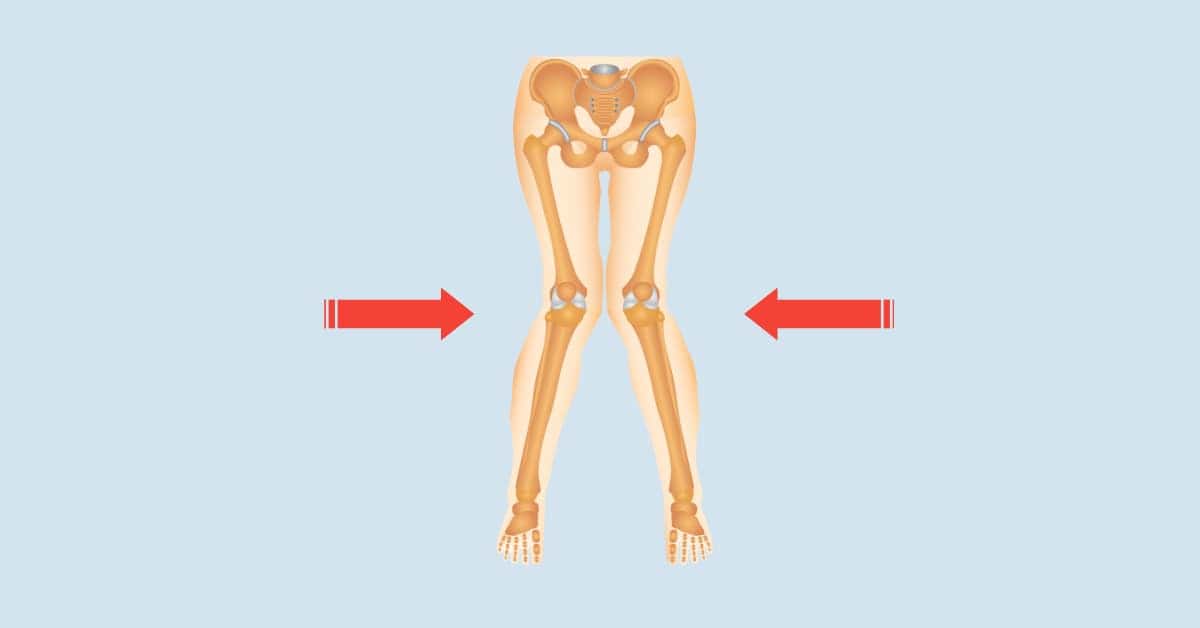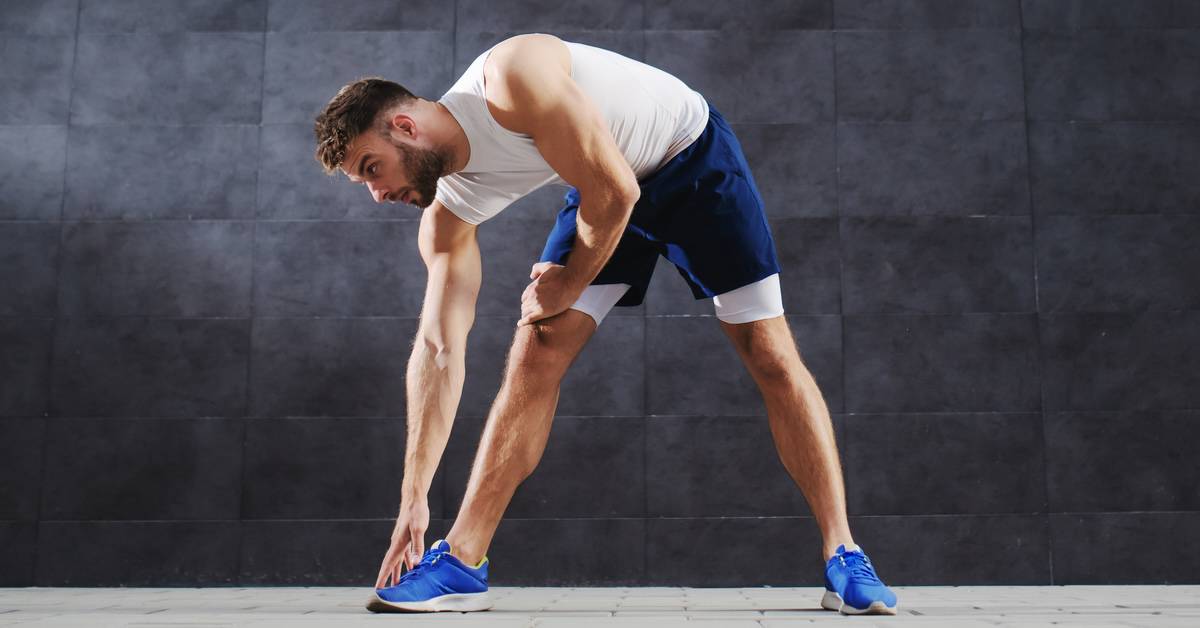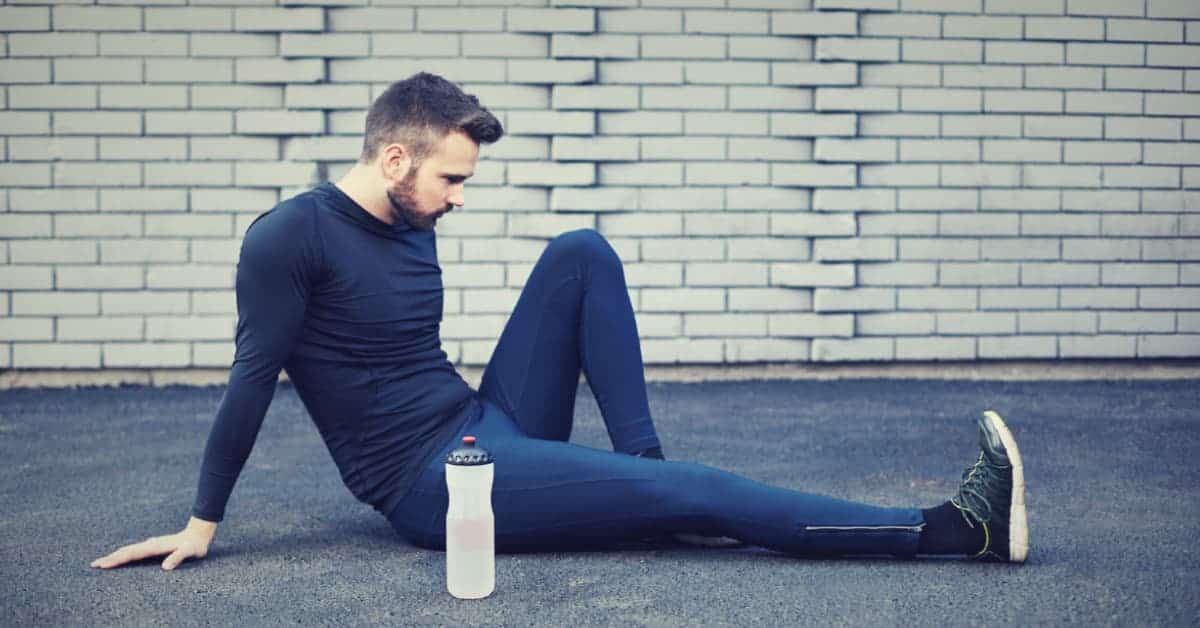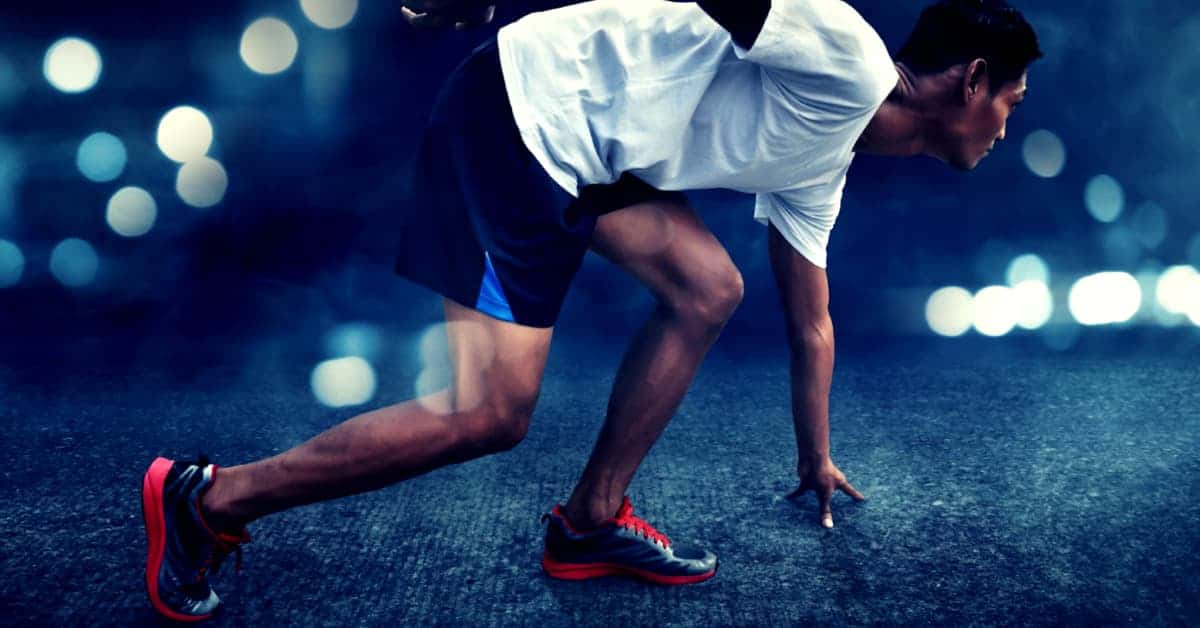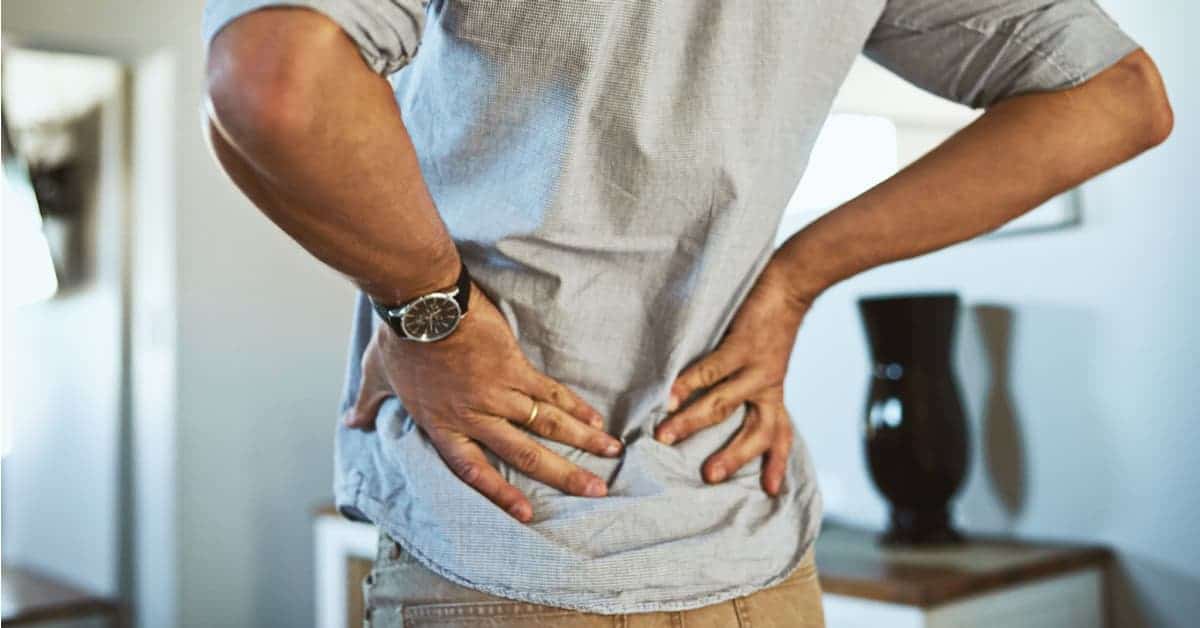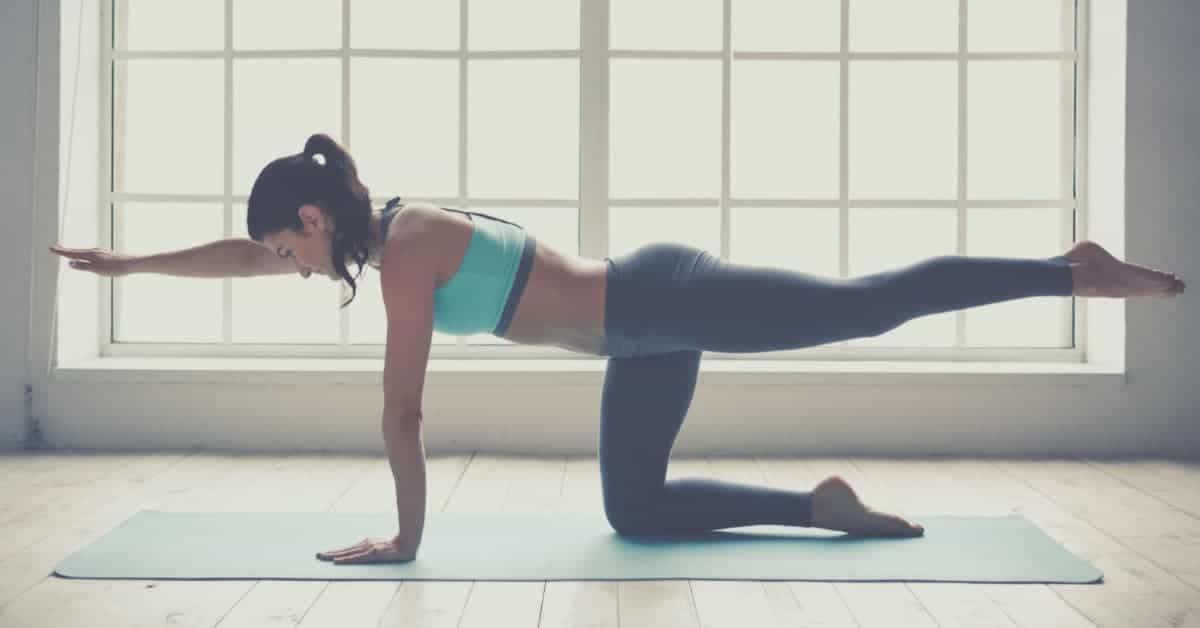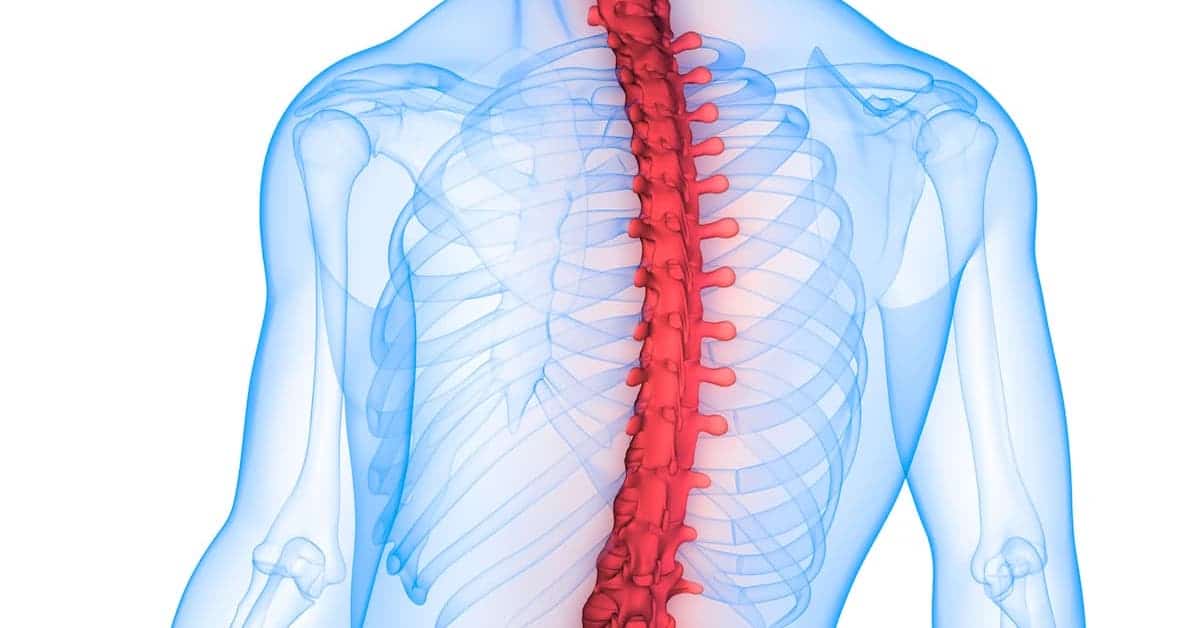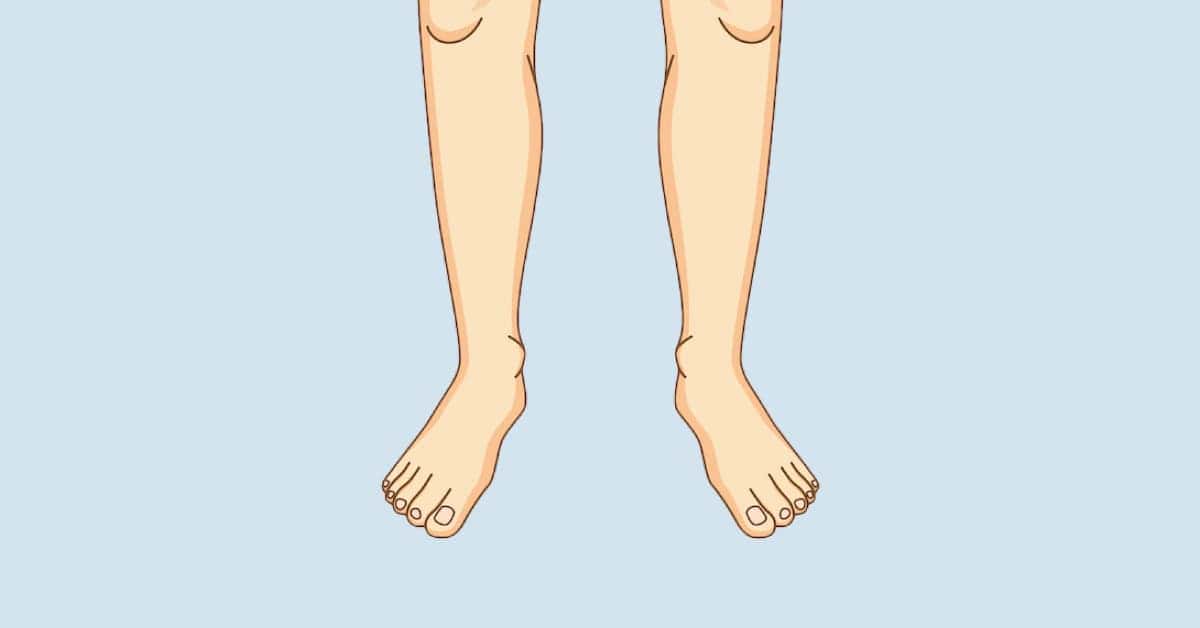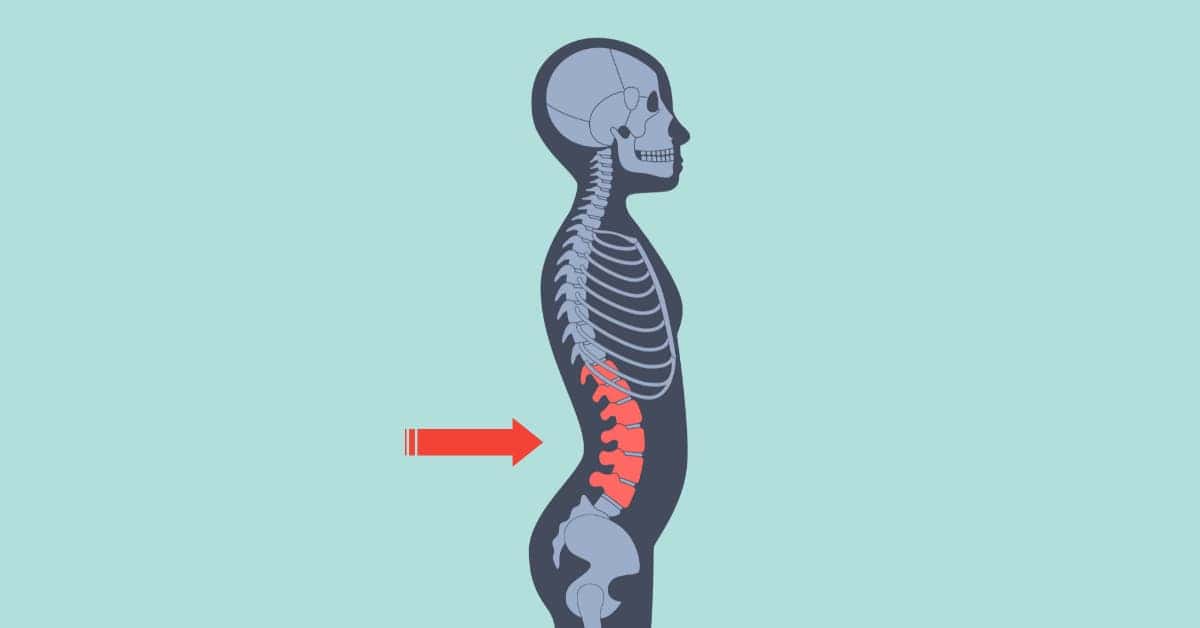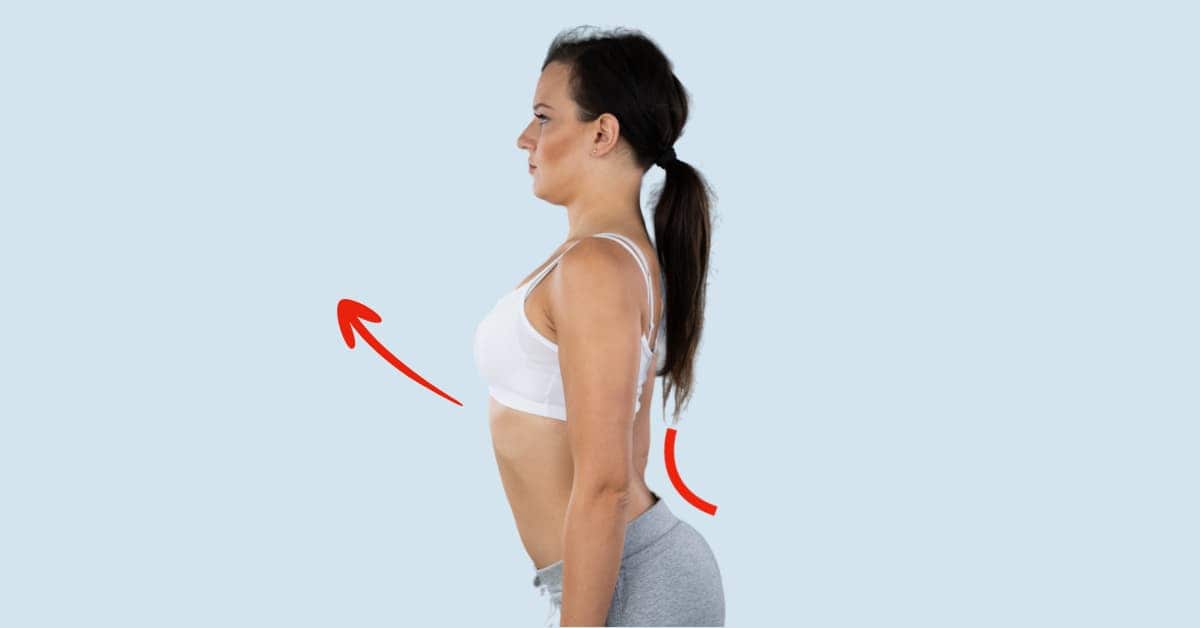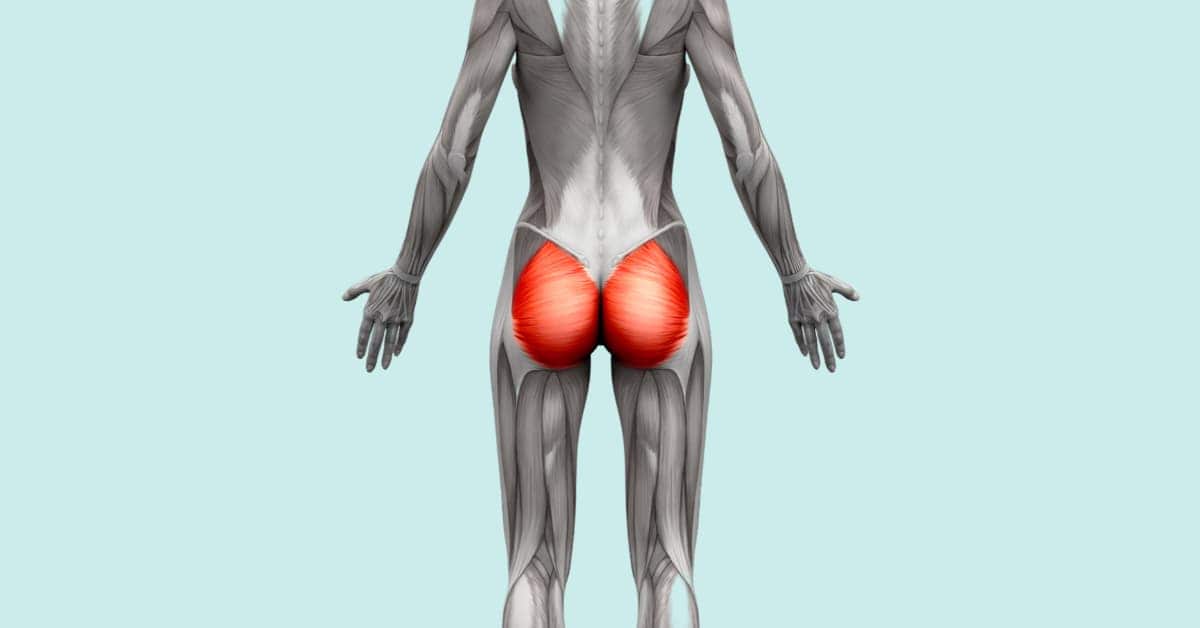If you’re struggling with knocked knees, also known as knee valgus, you’re likely familiar with the discomfort and self-consciousness it can cause. This common postural issue often stems from muscle imbalances and poor posture, leading to knee and hip pain. Fortunately, you can address mild knee valgus at home by implementing targeted exercises and lifestyle adjustments.
This article will guide you through self-massage techniques, stretches, and strengthening exercises to help you tackle the muscle imbalances contributing to your knee valgus.
I. Understanding Knee Valgus
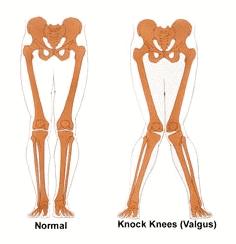
Knee valgus, also known as knocked knees, is a condition in which the knees bend inward, causing them to touch or nearly touch each other while the feet remain apart, particularly while standing or during movements like squatting, jumping, or landing.
This alignment issue can result in pain, discomfort, and reduced mobility in the knees and hips. The primary cause of knee valgus is often muscle imbalances and poor posture, particularly between the adductors and abductors in the hips and thighs.
However, more severe cases can be due to genetic factors, skeletal abnormalities, injury, or certain medical conditions, which are outside the scope of this article [1].
II. Understanding Muscle Imbalances in Knee Valgus
To effectively address knee valgus, it’s essential to understand the muscle imbalances that contribute to this condition. Knocked knees typically result from an imbalance between the adductors (muscles that pull your legs inwards) and the abductors (muscles that pull your legs outwards).
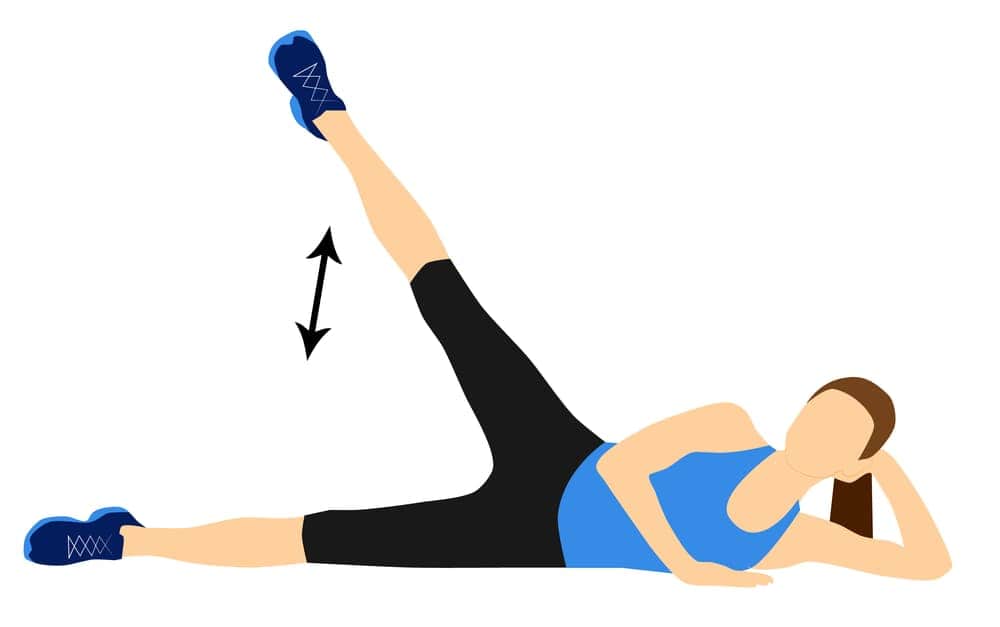
In cases of knee valgus, the adductor muscles are often tight and strong, while the abductor muscles are weak and loose. This unevenness causes the knees to turn inward.
To correct these imbalances, you’ll need to:
- Massage and stretch the tight adductor muscles to reduce tension and increase their flexibility. To stop the tightness from pulling your knees in.
- Strengthen the weak abductor muscles, which include the tensor fascia lata (TFL), glute medius, glute minimus, and the superior fibres of the glute maximus, to counteract the inward pull of the tight adductors.
By focusing on these two crucial aspects, you can work towards restoring the balance between the abductors and adductors, ultimately improving your knee valgus.
In the following sections, we will provide specific techniques and exercises to help you achieve this goal.
III. Self-Massage for Adductor Muscles
Self-massage techniques can help alleviate chronic tightness in the adductor muscles. We will cover two methods to release tightness in the adductors: foam rolling and using a massage ball.
Foam rolling the adductors
- Lie face down with a foam roller positioned perpendicular to your thigh, close to your groin.
- Bend the leg you’re working on to a 90-degree angle, foot resting flat on the floor.
- Support yourself with your forearms and the foot of your opposite leg.
- Roll back and forth slowly, applying pressure on the adductors from the groin to the knee.
- Spend extra time on tight or tender spots, and repeat on the other leg.
Massage ball release for adductors
- Place a massage ball on the ground and lie down on your stomach.
- Position the ball on the inner thigh of the leg you are working on, close to the groin.
- Bend the leg you are working on, placing your foot flat on the ground with your knee pointing outward.
- Gently roll the ball along your inner thigh, from the groin to the knee, pausing at any tight spots for 20-30 seconds.
- Repeat on the other leg.
IV. Stretching the Adductors
Lengthening the tight adductor muscles through stretching can help improve knee alignment and reduce knee valgus.
Standing side lunge stretch
- Stand with your feet wider than hip-width apart, toes pointing forward.
- Bend your right knee and shift your weight to the right side, keeping your left leg straight.
- Place your hands on your right knee for support and keep your chest lifted.
- Hold the stretch for 30 seconds, feeling a stretch in the inner thigh of your left leg.
- Repeat on the other side.
Seated adductor stretch
- Sit on the ground with your legs extended in front of you.
- Open your legs out to the sides as wide as comfortably possible.
- Place your hands on the ground in front of you and lean your torso forward, keeping your back straight.
- Hold the stretch for 30 seconds, feeling a stretch in your inner thighs.
Frog pose stretch
- Begin on your hands and knees on a yoga mat or soft surface.
- Widen your knees out to the sides, allowing your feet to naturally turn outwards.
- Lower your hips back towards your heels, while keeping your hands on the ground for support.
- Hold the stretch for 30 seconds, feeling a stretch in your inner thighs.
V. Strengthening the Abductor Muscles
To counteract the pull of the stronger adductor muscles, it’s crucial to strengthen the weak abductor muscles, specifically the TFL, glute medius and glute minimus. There’s also no harm in strengthening the glute maximus at the same time.
Clamshells
- Lie on your side with your legs bent at 90 degrees and your feet together.
- Keep your hips stacked and your head resting on your arm or a pillow.
- Slowly lift your top knee towards the ceiling while keeping your feet together, then lower it back down.
- Complete 10-15 reps on each side for 3 sets.
Banded side steps
- Place a resistance band around your ankles.
- Stand with your feet hip-width apart and your knees slightly bent.
- Step to the side with one foot, followed by the other, maintaining tension in the band.
- Take 10-15 steps in one direction, then switch and go the opposite way for three sets.
Banded squats
- Place a resistance band around your thighs, just above your knees.
- Stand with your feet shoulder-width apart, toes pointing forward.
- Lower into a squat, pushing your hips back and ensuring your knees don’t cave inwards.
- Drive through your heels to return to a standing position.
- Complete 10-15 reps for 3 sets.
Side lying leg raise
- Lie on your side with your legs straight and stacked on each other.
- Support your head with your bottom arm or a pillow.
- Keeping your top leg straight and foot flexed, slowly raise it towards the ceiling, then lower it back down.
- Complete 10-15 reps on each side for three sets.
VI. Preventative Measures and Additional Considerations
- Consistency: Perform these massage techniques and adductor stretches regularly; it may take time before you see results.
- Strengthening: Focus on strengthening your abductors with a particular focus on exercises for the glute medius.
- Mindfulness: Pay attention to your form during workouts, particularly where your knees are positioned. For example:
- Squats: Keep your knees in line with your toes, and don’t let them cave in.
- Single-leg lunges: Ensure your knee is stacked directly above your ankle and not collapsing inward.
- Other factors: If you don’t see improvement after consistently following these exercises and preventative measures, consider that other postural dysfunctions, such as anterior pelvic tilt or flat feet, may be contributing to your knee valgus.
Key Takeaways
Addressing mild knee valgus caused by muscle imbalances can be achieved through self-massage, stretching, and strengthening exercises. By releasing tight adductor muscles and strengthening weak abductor muscles, you can work towards restoring the balance between these muscle groups and improving your knee alignment. Remember to practice proper form during your workouts and be patient, as it may take time to see results.
It’s important to note that this article is intended for those with mild knee valgus; if you have more severe or persistent issues, it’s advised to consult a professional for further evaluation and guidance.
